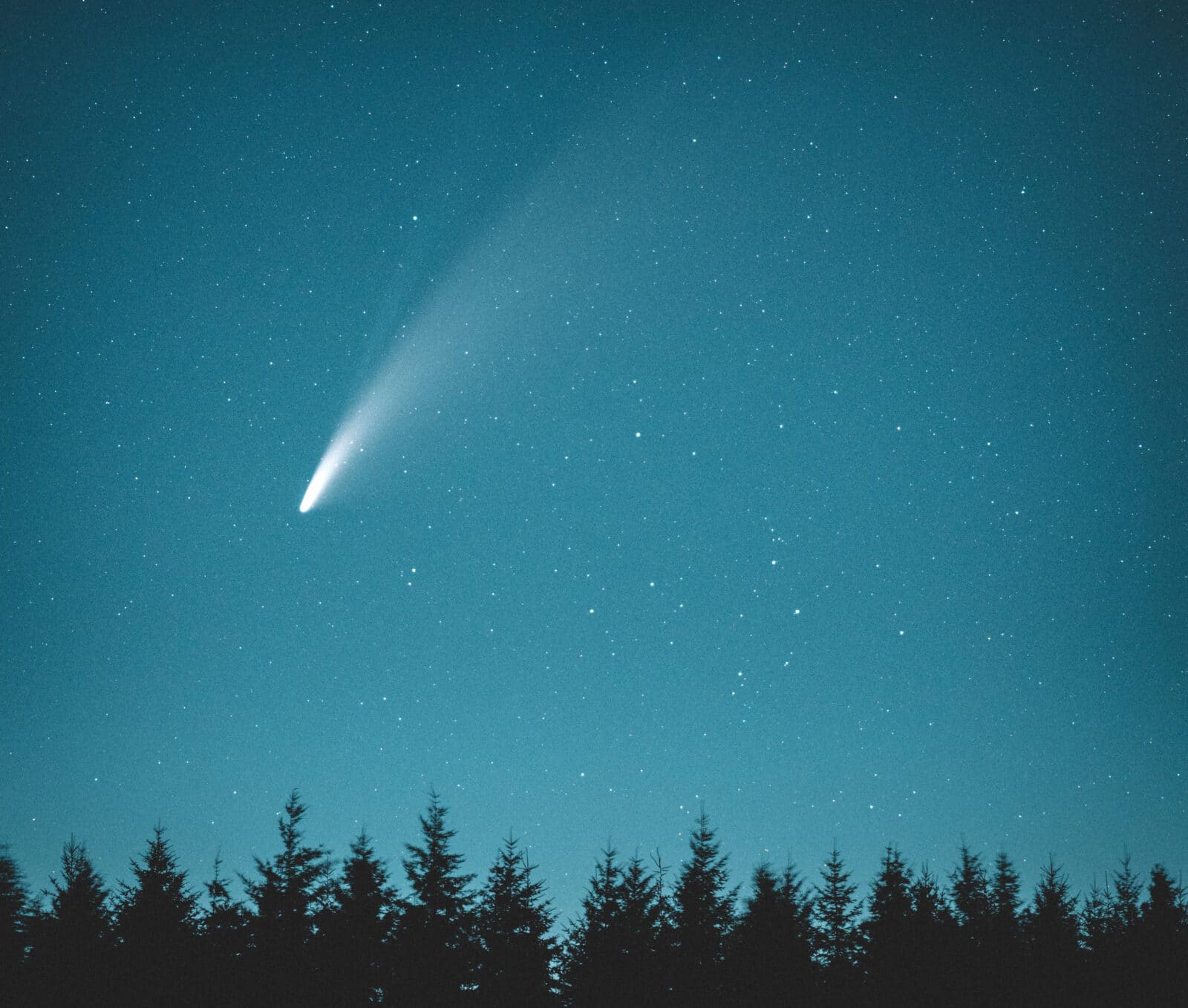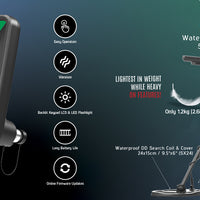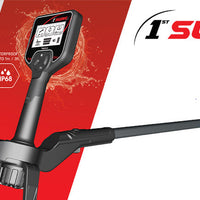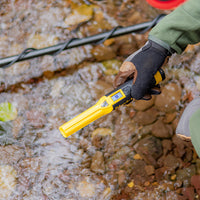When most people think about metal detecting as a hobby, they picture treasure hunters searching for rare coins, collecting antiques, and even digging for gold. However, there’s an additional subgroup of metal detector enthusiasts who spend their days searching for unique items: space enthusiasts. These are people who use their metal detectors to search for meteorites and other items that fell from outer space.
You don’t have to work for NASA to discover meteorites. Learn how you can find a space rock of your own with the help of a metal detector and other excavation tools.
What Are Meteorites?
There’s often a lot of confusion between a meteor, a meteoroid, and a meteorite. The difference can be summed down to where the rock is located.
- A meteoroid is an object in space: Meteoroids can range in size from tiny grains of rice to small asteroids. As long as they’re floating around space, they’re meteoroids.
- A meteor has entered Earth’s atmosphere: Once a meteoroid starts falling toward Earth, it becomes a meteor. These space rocks might burn up because of the pressure and heat (creating “shooting stars”) or they might crash into the ground.
- A meteorite hits the ground: If the meteor makes it through Earth’s atmosphere without breaking apart and crashes into the ground, it becomes a meteorite.
Essentially, a meteorite is a space rock that actually reached the ground. This is why you watch a meteor shower but you collect meteorites.
What Are Meteorites Made Of?
Meteorites come from a variety of sources throughout space. Their makeup depends on where they came from and which materials survived the entry into Earth’s atmosphere. Historically, scientists have sorted meteorites into three different categories:
- Stony: As the most common material of meteorite, with more than 95% of collected samples including the material, stony is rocky but might contain small metallic grains.
- Iron: These meteorites are dense. This is because they’re made up of iron and nickel — heavy metals — which makes the meteorites look different from standard Earth rocks. These meteorites are the cores of fallen asteroids.
- Stony-iron: These are the rarest form of a meteorite, comprising less than 2% of all discoveries. They’re made of a mixture of rock and metal while still forming one piece.
If you come across a meteorite, it’s most likely stony, but an iron or stony-iron meteorite is a rare and exciting find.
What Do Meteorites Look Like?
There’s a common misconception that meteorites are easy to identify. People expect to find large rocks in the middle of the ground — ideally surrounded by a crater from its impact. However, you may easily pass up a meteorite as any normal rock — no matter how small or large they are.
The time that the meteorite hit the ground can also affect how it looks. A meteorite that crashed into Earth 50 years ago might be surrounded by trees today with moss growing on it. Meteorites might have more pits in the rock because of the wear caused by entering Earth’s atmosphere; however, these pits can quickly get filled with sand and mud over time.
One indicator that you found a meteorite is it’s heavier than other rocks. This is because they contain a significant amount of iron and other metals. They’re also usually more magnetic than the other rocks around them.
How Do Meteorites Differ from Regular Rocks?
To figure out if you’ve found a meteorite, look for a couple of distinguishing factors. First, the rock might stand out against others in the area. If you live in the desert where many of the rocks are red but find a black rock, there might be a reason why it’s different. In your search for meteorites, bring water with you. You can wash off a rock to remove the local dust to see its true colors.
Next, look for a black, ash-like crust. This forms when the meteor enters Earth’s atmosphere and starts to burn up. Signs of charring or even bubbles can indicate a rock went through an extremely hot experience. If you don’t live near a volcano, this might be a meteorite.
Where Can You Find Meteorites?
If scientists knew where to find meteorites, their jobs would be much easier. Earth geologists often research different rocks based on where they formed. For example, volcanic rock is found near volcanoes. However, meteorites can land anywhere. They fall from space and can hit almost any continent or country.
Statistically, the vast majority of meteorites will land in the ocean, because 71% of Earth’s surface is covered by water. These meteorites are practically impossible to find as so much of the ocean is still unexplored.
Fortunately, some conditions make finding meteorites more common. Open spaces, like deserts and fields, make finding meteorites easier – especially if they are large or look different from other rock samples. This is why most meteorites are found in Antarctica, the Arabian Peninsula, and other desert climates.
How To Find Meteorites
If you want to learn how to find a meteorite in your area, start tracking the skies. There are a few ways to increase your chances of finding one of these space rocks.
- Follow the American Meteor Society. They report on meteor showers and highlight any notable meteors falling to Earth.
- Visit the desert. Consider taking a vacation to the American desert (like New Mexico or Arizona) to look for space rocks.
- Know what to look for. Visit your nearby planetarium or science museum to see if they have any meteorite samples. Research how meteorites differ in appearance from Earth rocks.
The more experience you have with identifying meteorites, the better you will get at differentiating them from normal rocks.
How Much Is a Meteorite Worth?
The value of the meteorites you find will vary depending on a variety of factors. The first is the material. An iron meteorite or stony-iron meteorite will be worth more than a stony one because they are rare. The next factor is the size. The larger the meteorite, the more valuable it is.
If you find a meteorite, reach out to a collector or research institution that might be interested in buying it. You can also look for meteorites for sale on marketplaces like eBay.
Even if your meteorite isn’t worth much, you might still cherish it as a rare find. Collecting meteorites (even small ones) is a fun hobby for many people and families.
Is It Legal To Own a Meteorite?
There is good news if you discover one of these rocks: you can likely keep the specimen for yourself legally. A meteorite found on private land is yours (as long as you own the land and the owner permits it). In most cases, a meteorite found on public, federal land is also yours to keep. The Bureau of Land Management (BLM) has guidelines for keeping meteorites as long as they are used for personal collection and education.
Can a Metal Detector Help to Find Meteorites?
Even stony meteorites often contain trace amounts of metal, which means you can use a metal detector to search for these space rocks. You don’t even need a special meteorite metal detector, as a standard hobbyist model will work just as well.







0 comments